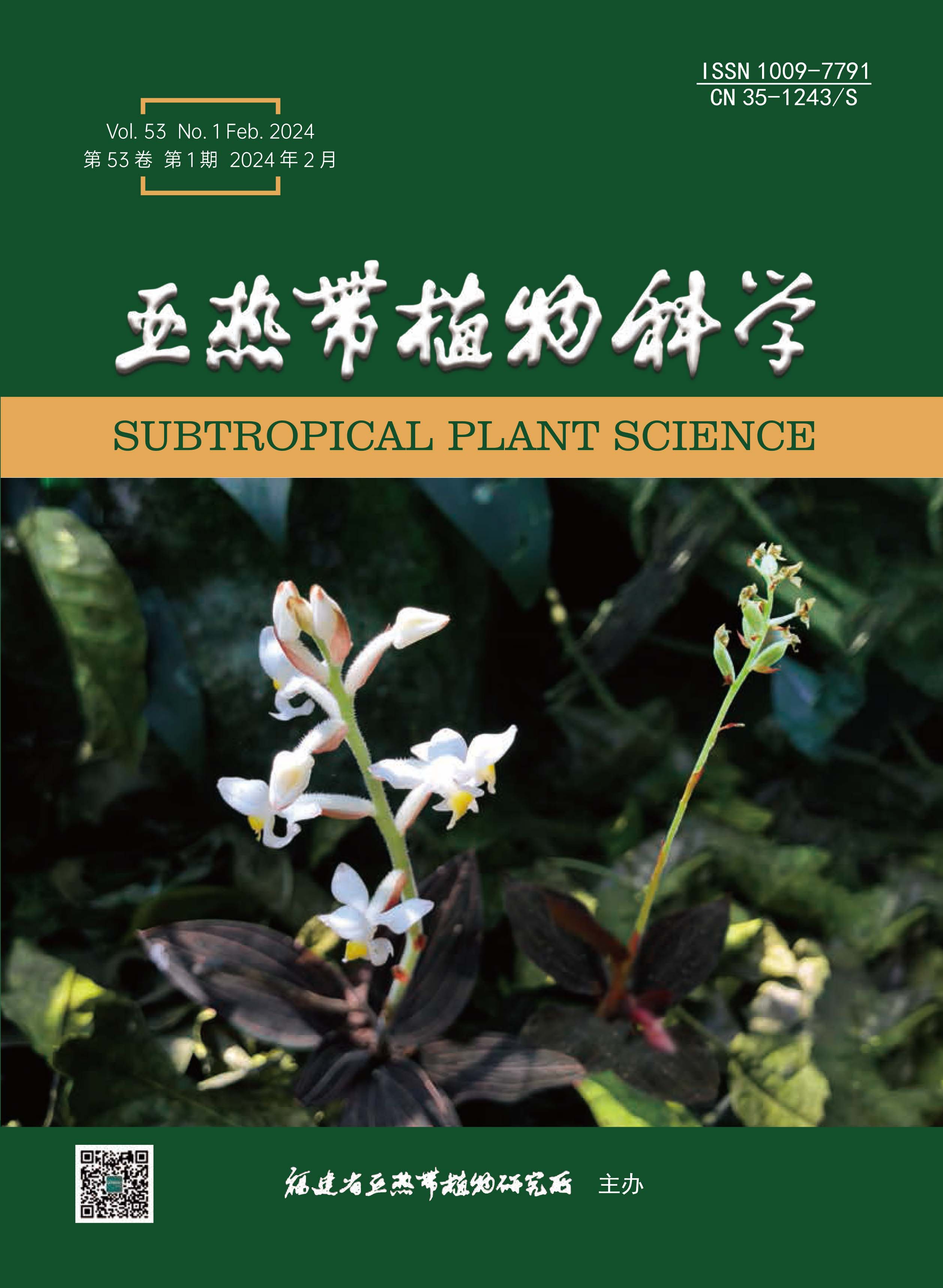|
|
Effects of Soil Amendments on Soil Environment and Baby Bok Choy Quality
WEI Jin-yi, WANG Ming-yuan, TANG Yi, WANG Zi-shu, YANG Chen-yi
2024, 53(1):
40-45.
DOI: 10.3969/j.issn.1009-7791.2024.01.005
In order to explore the effects of soil amendments on the soil environment, quality and yield of the Baby Bok Choy, the soil amendments developed by our laboratory were used as materials, and soil pH, organic matter content and the internal and external quality of ‘Xiaobaimiao’ cabbage were studied. Four treatments were designed as follows: no soil amendments (CK), and application of the soil amendments 25 kg (B25), 50 kg (B50) and 75 kg (B75) per 667 m2 of vegetable garden. The results showed that the application of soil amendments could maintain soil pH 7.0 above and improve soil acidification. The organic matter content in different soil layers decreased with the deepening of the soil layer. In the soil layer of 31–45 cm, the highest organic matter content was observed in the B25 treatment, which was 5.35 g·kg–1, significantly higher than that in the CK group (P<0.05); soil amendments could increase the content of Vᴄ, soluble protein, and free amino acids in the Baby Bok Choy, while reducing nitrate content. Among them, under B75 treatment, the content of Vᴄ, soluble protein, and free amino acids was the highest, significantly different from the CK group (P<0.05), and the nitrate content was the lowest, 0.4713 mg·g–1, significantly different from other treatments (P<0.05). Moderate application of soil amendments could increase the length, width, and number of leaves of the Baby Bok Choy, and improve its external quality. Under B25 and B50 treatments, the fresh weight of the Baby Bok Choy above ground increased by 79 g and 16 g compared to the CK group, respectively, with significant differences (P<0.05). The application of soil amendments can improve the yield and quality of the Baby Bok Choy, and improve the soil environment.
References |
Related Articles |
Metrics
|
